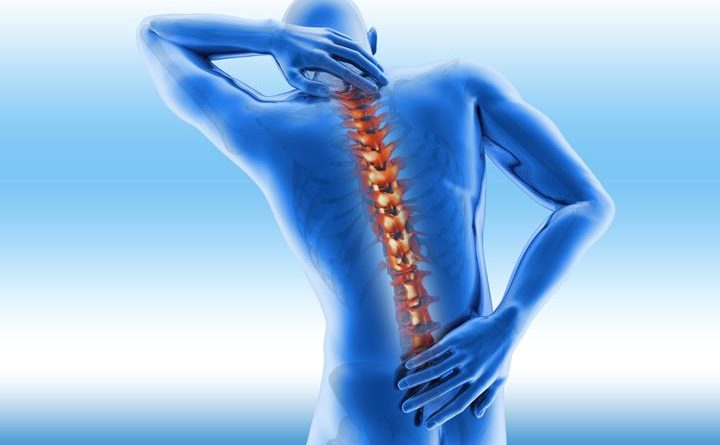Treatment
The aim of treatment is to reduce stiffness and pain in addition to preventing and delaying complications and spinal deformity. Treatment of the disease is very successful before irreversible damage to the joints occurs.
Medications
To teat ankylosing spondylitis, doctors most commonly prescribe non-steroidal anti-inflammatory drugs (NSAIDs) such as indomethacin (Indocin) and naproxen (Naprosyn) which relieve inflammation, stiffness and pain associated with the disease. The medication may, however, cause gastrointestinal bleeding.
In the event that NSAIDs are not helpful, doctors may suggest commencing biologic medication such as an interleukin 17 (IL-17) inhibitor or a tumor necrosis factor (TNF) blocker. Within the body, IL-17 plays a role in inflammation and defense against infection while TNF blockers target a cell protein responsible for inflammation in the body.
Secukinumab (Cosentyx) is the first Food and Drug Administration (FDA)-approved IL-17 inhibitor for treating ankylosing spondylitis. TNF blockers help in reducing stiffness, pain and swollen or tender joints and are administered through an intravenous line or by an injection under the skin. The following are the five FDA-approved TNF blockers for the treatment of ankylosing spondylitis:
- Infliximab (Remicade)
- Etanercept (Enbrel)
- Golimunab (Simponi; Simponi Aria)
- Certolizumab pegol (Cimzia)
- Adalimumab (Humira)
It should be noted that IL-17 inhibitors and TNF blockers can cause the reactivation of latent tuberculosis, making you more prone to TB infection.
Therapy
Physical therapy is an integral part of ankylosing spondylitis treatment and provides a myriad of benefits such as pain relief, and improved flexibility and strength. As such, a physical therapist can design specific exercises depending on what your body needs such as stretching and range-of-motion exercises to help maintain flexibility within the joints and to preserve good posture. Walking positions together with back and abdominal exercises in addition to proper sleep are all essential in helping you maintain an upright posture.
Surgery
Your doctor may recommend surgery if you have severe pain and joint damage or if you have an extremely damaged hip that calls for replacement of the hip joint. Most people with ankylosing spondylitis do not, however, require surgery.
Featured Image: DepositPhotos/vitstudio
Posted on March 24, 2023


